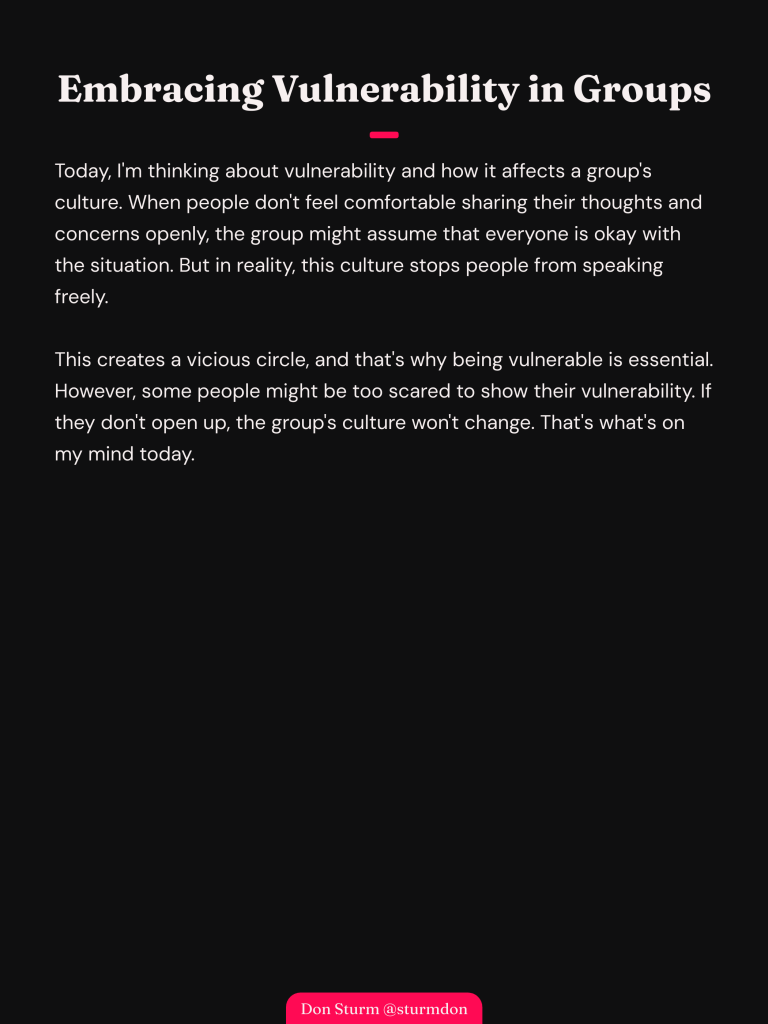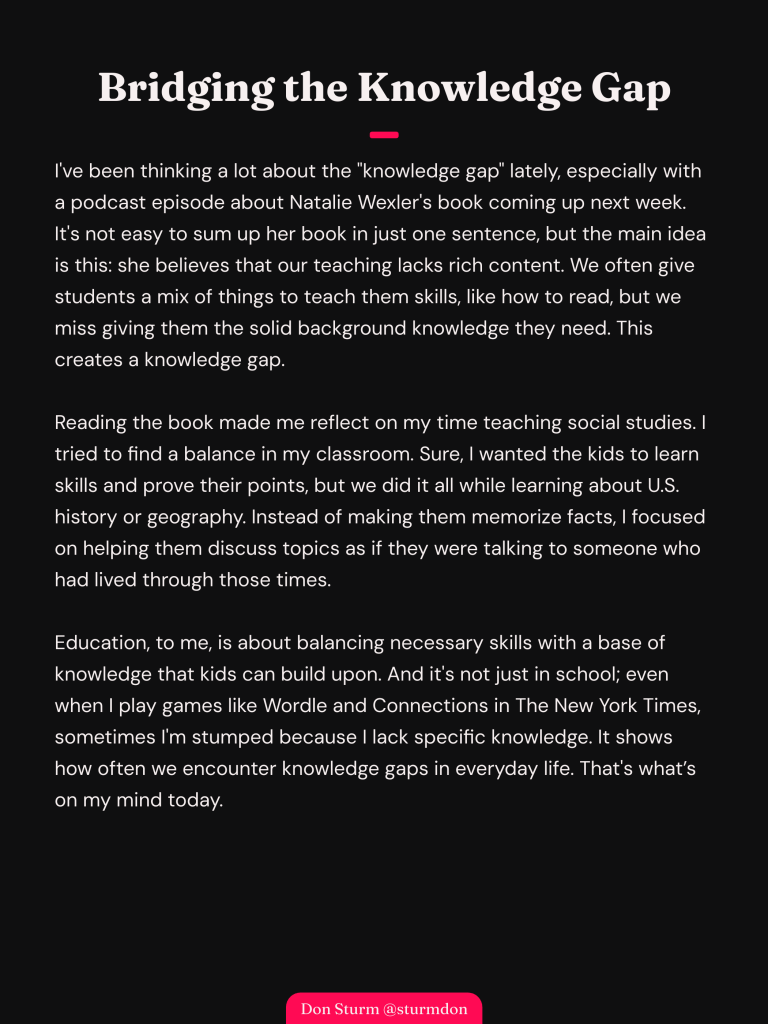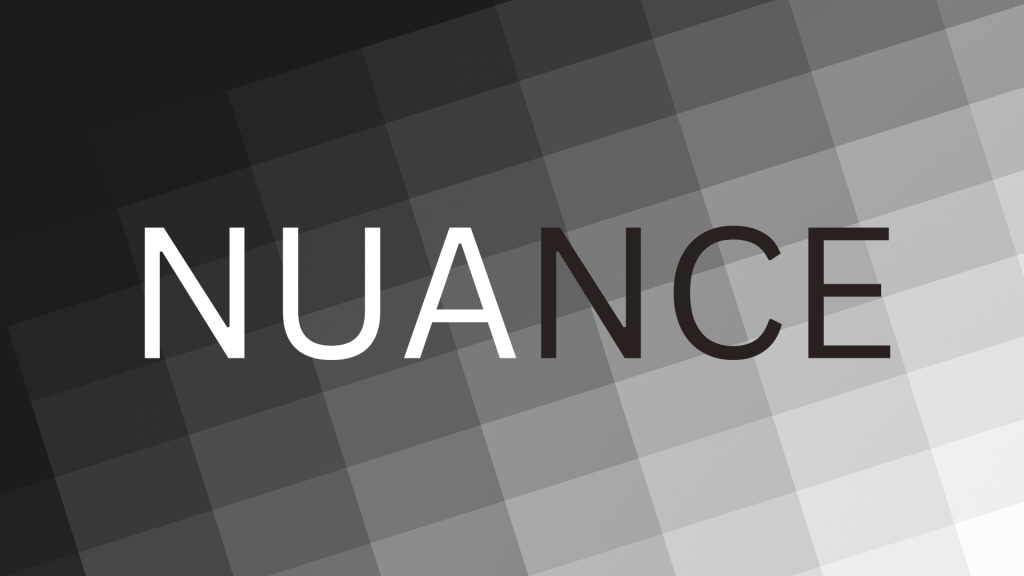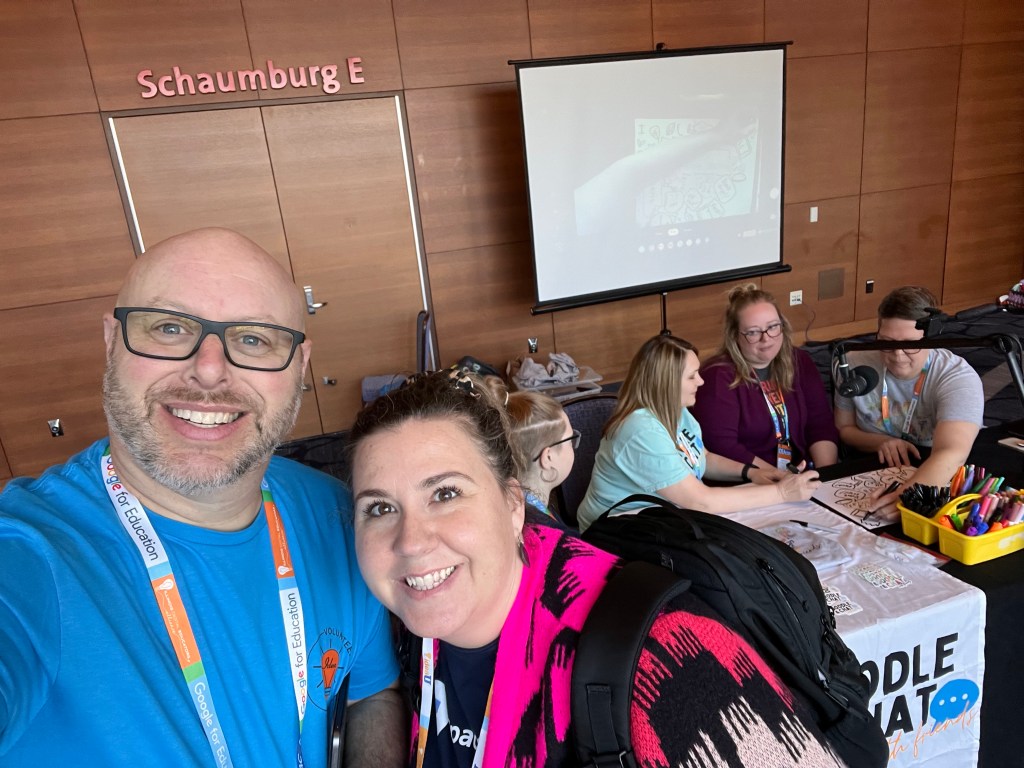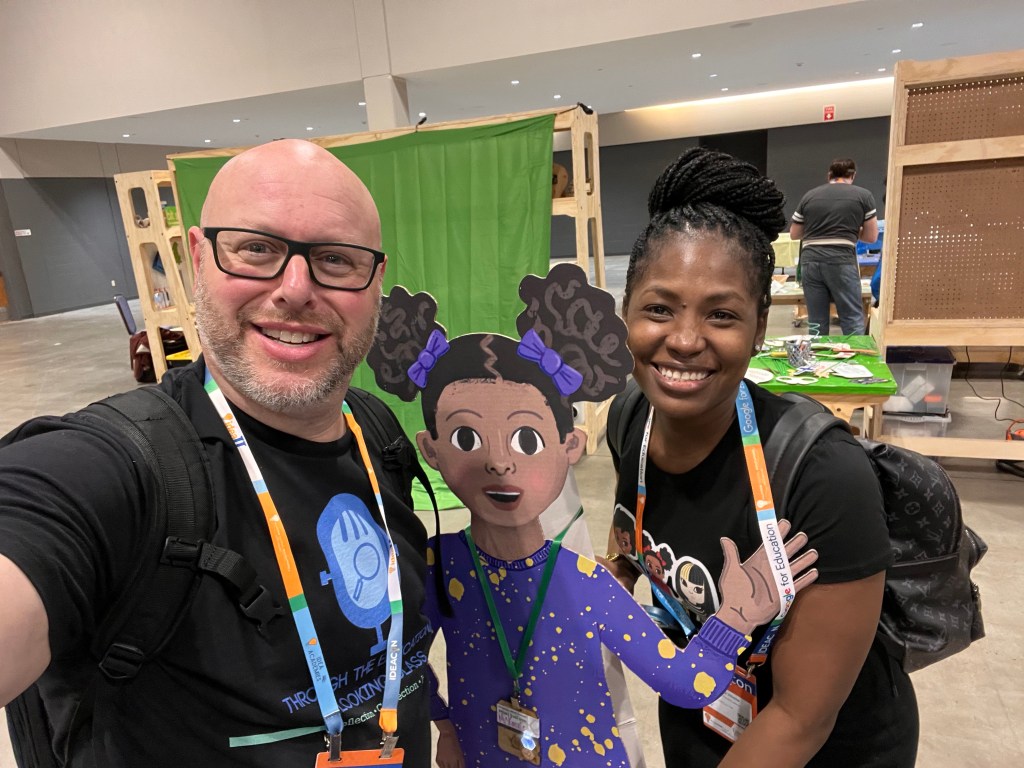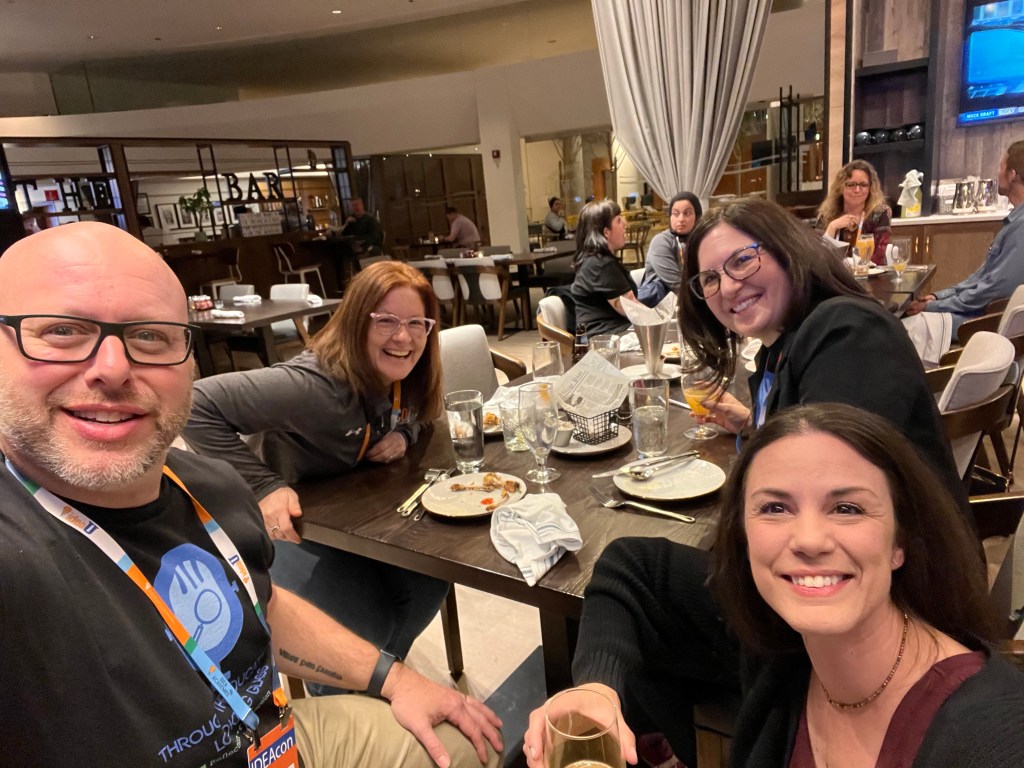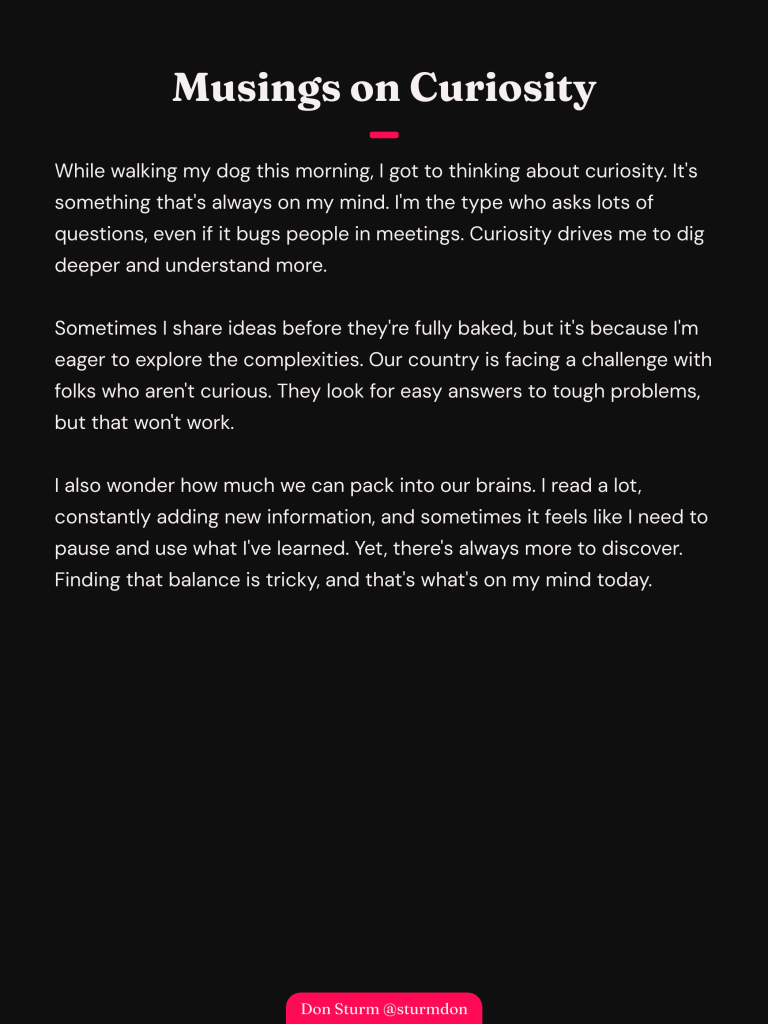After reading Atomic Habits by James Clear, I have become laser-focused on forming new habits. As of this writing, I am on day 805 of meditating at least 10 minutes daily, 537 days of weighing myself, 220 days of flossing, and 20 days of reflecting with MirrorTalk. Specifically, the goal of this 30-day MirrorTalk challenge is simple: to show how making reflection a daily habit can deepen self-awareness and spark growth.
While I have always been reflective, the last couple of years have solidified my belief about the importance of reflection as THE way to improve. Reflection is not just asking yourself, “What can I do better?” It’s also about thinking through questions like, “What could I do differently?” and “What do I already do well?” Reflection is a way to see how your current actions compare to past ones and determine where you can grow as a human. That’s what I love about MirrorTalk; it pushes me to think deeply and honestly.
I’ve been involved with MirrorTalk since the early days of its development. Seeing how the tool has evolved is impressive. As a result of the challenge, I have used it daily to respond to questions that make me pause and reflect. It’s almost like having a conversation with someone willing to ask tough questions. Even people you trust to offer feedback don’t always give you the whole truth because they care too much about not hurting your feelings. The way MirrorTalk uses AI to customize questions based on what you’ve said is a real game-changer. It picks up on whether your mindset is growth-oriented and nudges you to think about how to make changes moving forward.
Twenty days into the challenge, I’ve found it engaging and challenging. It’s made me reflect on everything from my role in education to what motivates me and how I connect with others. I’ve used MirrorTalk in the past but struggled to make it a habit. This challenge, though, is what made it a solid habit.
Using MirrorTalk is straightforward. I can log in on my iPhone, computer, iPad, or their dedicated Mirror device. Each session starts with a peppy welcome message and then dives into questions that elicit reflective responses. On some days of the challenge, participants respond to a set of premade questions, while on others, AI tailors questions based on my previous answers. The questions are challenging and prompt me to dig deeper and connect the dots between what I say and what I do.
Looking ahead, I’m excited to bring this tool into the education space. I’m working with our wellness coordinator who has introduced monthly challenges like step tracking or Wordle games to our staff. One of the months this year will see the addition of a similar 30-day reflection challenge. The hope is that seeing how easy the app is to use, teachers will experience the benefits of consistent reflection and want to bring it to their classroom.
I encourage you to think about how often you reflect on your own experiences, whether professionally or personally. Do you make it a point to reflect regularly, or do you only do it when you hit a bump in the road? Meaningful reflection goes far beyond simply counting your successes and failures. It requires you to challenge your current perspective, think critically about your experiences by uncovering patterns, and make you thoughtfully consider your next steps. Reflection isn’t just about looking backward; it should use the past to intentionally shape where you are headed.
I highly recommend giving MirrorTalk a try. It is easy to sign up at https://mirrortalk.ai/. The team behind it is incredibly passionate and ready to help you get started. Like any new habit, it might not “click” with you or your students immediately, but stick with it. You might be surprised at how impactful it can be.
Don Sturm


